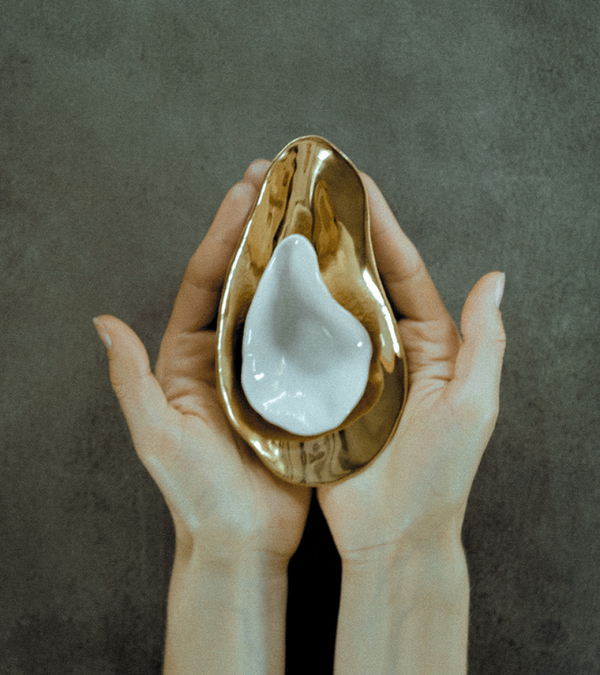The general process of ceramic production goes as follows: a clay body is formed into a shape (by hand, by slipcasting in a mold, dust-pressing or by throwing it on the wheel). After drying, the shape is fired in a kiln a first time at temperatures between 900ºC and 1000ºC, called the biscuit firing.
The shape is now ready to be glazed. Glaze is a mixture of different minerals, creating a vitrified coloured or translucent coating on the surface of the object, making it impermeable and stronger.
After applying the glaze on the biscuit object and letting it dry, it is now fired for a second time, at temperatures between 1000ºC and 1400ºC. The ceramic object is now ready for use. The whole process takes several days to weeks.








